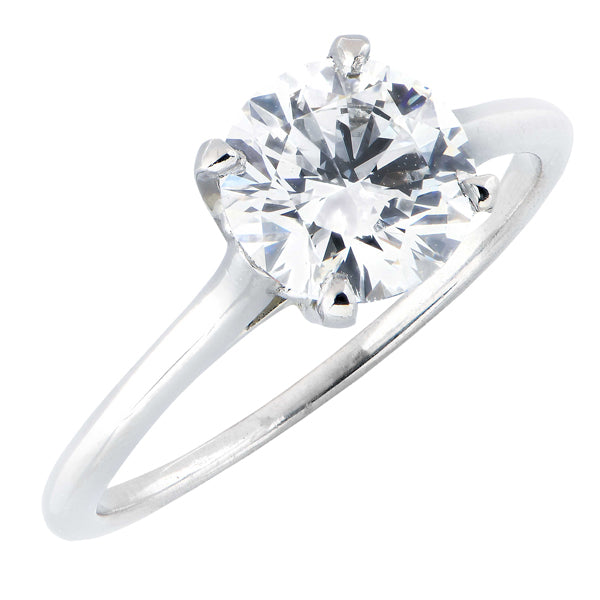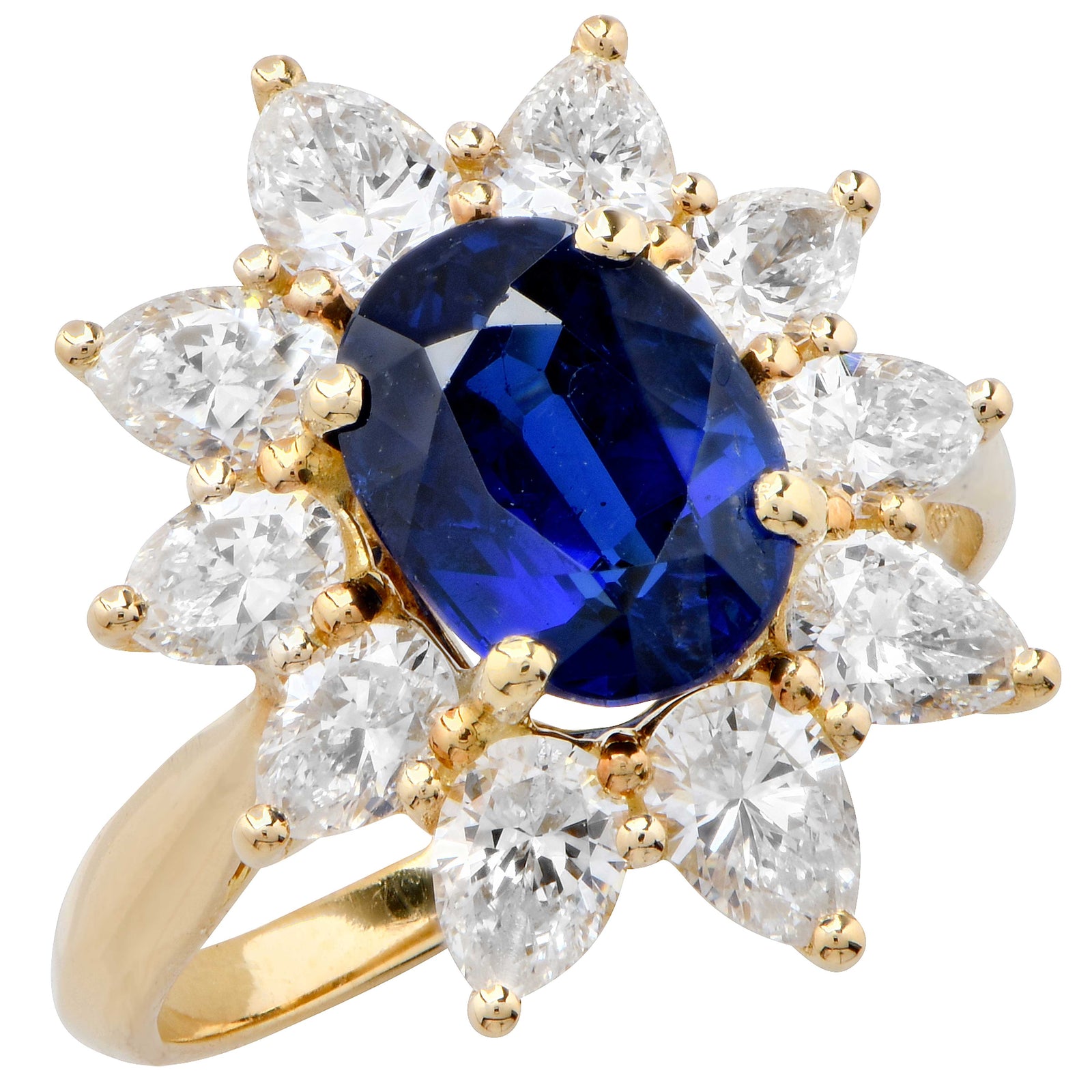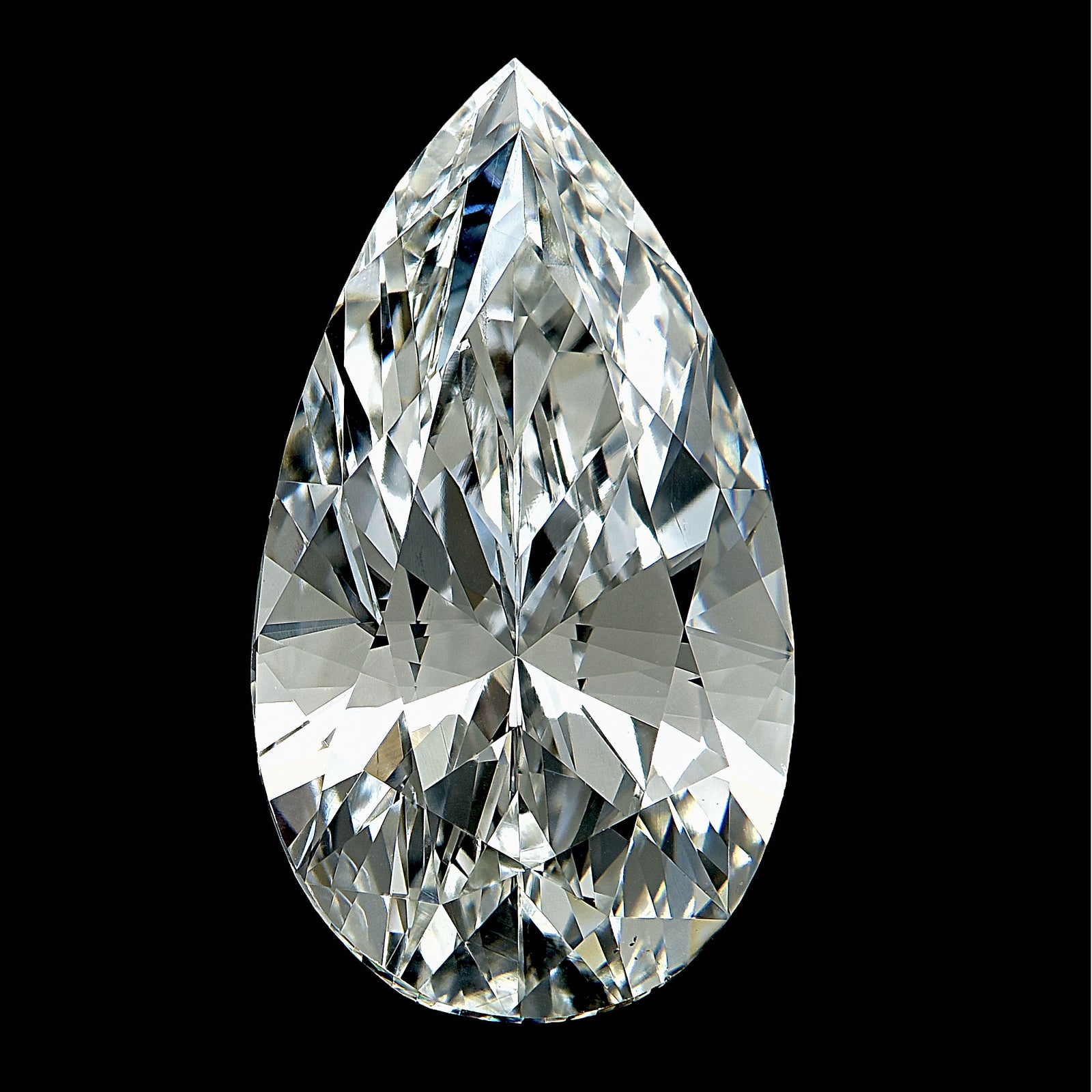According to Gubelin Labs, Mozambique is located in South Eastern Africa, bordered by the Indian Ocean on the East and in the North by Tanzania, Malawi and Zambia. In the West and South it is bordering Zimbabwe, South Africa and Swaziland. Mozambique is divided by the majestic Zambezi River. While the low lands to the South of the Zambezi River are mainly sedimentary, the highlands in the North are dominated by rocks belonging to the Precambrian crystalline basement, which is intersected by the famous gem-rich Mozambique Belt running North - South through East Africa. Mozambique has always been an important source of colored stones such as tourmaline, aquamarine and garnet. Corundum has been known in Mozambique since the Portuguese colonial times, but only since September 2008 larger amounts of rubies entered the market. These come from two new mines in the Msawizi area of Niassa Province and Montepuez in the Cabo Delgado Province.
Large rubies of gem-quality are rarely found in nature. Not only is a delicate mineralogical balance essential for this red variety of corundum to be formed deep within the earth, but specific geological conditions as well as adequate pressure and temperature must also be present. Furthermore, the sufficient supply of a rare combination of chemical elements, such as aluminum and chromium, are yet another necessity required for the formation of rubies. Over the past decades, various heating techniques, as well as the use of chemical additives, have been introduced to increase the supply of rubies resembling the high-quality untreated specimens. The aim of these treatments was and still is to improve the visual appearance of the gemstones. Prior to the advent of modern heating techniques, rough rubies were cut and polished retaining the quality that nature had originally endowed them with. Therefore, in earlier times, rubies with obvious imperfections were considered and accepted as the norm. However, the expectations with respect to quality (color and transparency) rose steadily. The demand for natural, unheated rubies kept growing while the supply of such gems remains highly limited, making natural rubies of gem- quality from all major sources, such as Burma (Myanmar), Mozambique, Madagascar, Kenya, Tanzania, Vietnam, Afghanistan and Tajikistan, difficult to find.
This Natural Mozambique No Heat Crimson Red Ruby is truly a rare and beautiful gemstone. With an “Outstanding” rating and a very rare “Crimson Red” color grade from Gubelin Gemological Laboratories, this beauty is important in many ways.
Gubelin Laboratories explains that for many centuries, gemstone traders have been using certain terms to describe the outstanding colors of some specific gemstones. These “trade color terms” are used for a particular type and appearance of gems, mainly describing a certain hue, but also implying other quality and rarity criteria, such as transparency, or the absence of treatments. Trade colors help the trade and the layperson even more, to distinguish the extraordinary and the rare.
Since its establishment exactly 100 years ago, the Gübelin Gem Lab observes the evolution of such trade color terms. In 2005, it came up with a consistent and comprehensive definition and policy for the trade color terms royal blue (for blue sapphires) and pigeon blood red (for rubies). Both terms were not limited to any particular provenance. However, the defined criteria for both royal blue and pigeon blood red were clearly based on the highest quality of blue sapphires and rubies originating from Burma (Myanmar). One property particularly characteristic of many Burmese rubies is a distinct fluorescence under both long- and shortwave UV-light. This fluorescent effect, often combined with a subtle presence of silk, creates the gentle glow inherent to pigeon blood red rubies.
Today, most rubies supplied to the world market come from places outside Burma, and hence lack this property. The Gübelin Gem Lab has decided to establish a new trade color term for rubies displaying an ideal color – identical to the color of pigeon blood red rubies - combined with the best quality traits, while applying a different fluorescence criterion. The term Crimson Red was selected to accompany the best (rarest and most beautiful) rubies beyond fluorescence. Crimson describes a rich, saturated red color, allowing also a minute admixture of purple.
In order to qualify for the Crimson Red color call, first of all, the ruby must show the right hue, saturation and tone, evenly and homogeneously distributed across the stone. The stone must not show any major windowing or extinction. Furthermore, it needs to be spared from any treatment. Faceted stones must possess a cut producing a lively brilliance. Both faceted and polished stones can qualify, as can gems showing asterism, however, a high transparency is required. Crimson Red rubies must have little to no fluorescence in short-wave UV light (unlike pigeon blood red rubies).
Only the small share of high-quality untreated rubies, which fulfill all of these criteria qualify for the trade color term “Crimson Red”.












